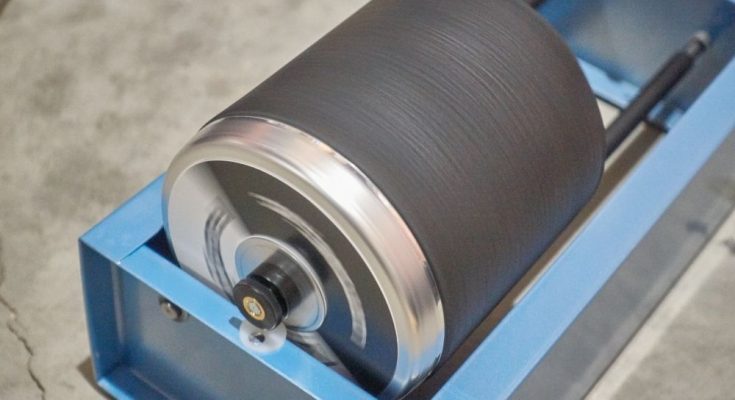The process of rock tumbling is much like rotary tumbling and vibratory finishing. You’ll need to add the right media and grit, along with the rocks you’re finishing, to produce the results you want.
Those rocks go on to serve many purposes. They can feature in jewelry or help scientist with their scientific research. They can even help with landscaping. This is what rock tumblers are typically used for—to shape any rock or gem for numerous applications.
Jewelers Have Use for Them
Many contemporary jewelers use minerals and rocks when in their jewelry. The bohemian look seems to be experiencing a great resurgence with more recent generations, and these polished gems allow them to make their own unique jewelry and designs. Some of these gems and minerals are even valuable, so necklaces, earrings, and rings of all kinds that feature them typically fair very well in the market.
Hobbyists Make a Living With Tumblers
Many DIY hobbyists have historically used personal rock tumblers for their collections and projects. Other people shape and smooth rocks to use for aesthetic decoration in hobbies like gardening and landscaping. Other people simply enjoy their beauty and taxonomy. There are many things to appreciate about mineral compounds. Hobbyists can also finish rocks and minerals in ways that allow them to look more closely at things that they otherwise may not see, such as geometric patterns and mineral deposits.
Geologists Need Them for Discovery
In the field of geology, studying rocks and minerals allows scientists to identify properties that these rocks hold and how the ecology around the rocks form and mold throughout time. Geologists can study these elements and determine how history has formed them and what potential they have based on their atomic composition. All of this from simple rocks. And what’s more, experts can use tumblers to break down rock samples so that they can study them closely, magnify the mineral deposits for better identification.
As you can see, the task of the rock tumbler is simple, but the goal isn’t always the same. Rotary tumbling might be useful for prospective jeweler or the local hobbyist looking to start their own business. Geologists even use them for scientific discovery and study.
So there are many different applications that rock tumbling can take on. These are just some of the purposes rock tumblers are typically used for, among several others.
What is a rock tumbler?
Many DIY hobbyists have historically used personal rock tumblers for their collections and projects. Other people shape and smooth rocks to use for aesthetic decoration in hobbies like gardening and landscaping. Other people simply enjoy their beauty and taxonomy. There are many things to appreciate about mineral compounds. Hobbyists can also finish rocks and minerals in ways that allow them to look more closely at things that they otherwise may not see, such as geometric patterns and mineral deposits.
Additional Resources:
Earth
Moon
Water
Sun



